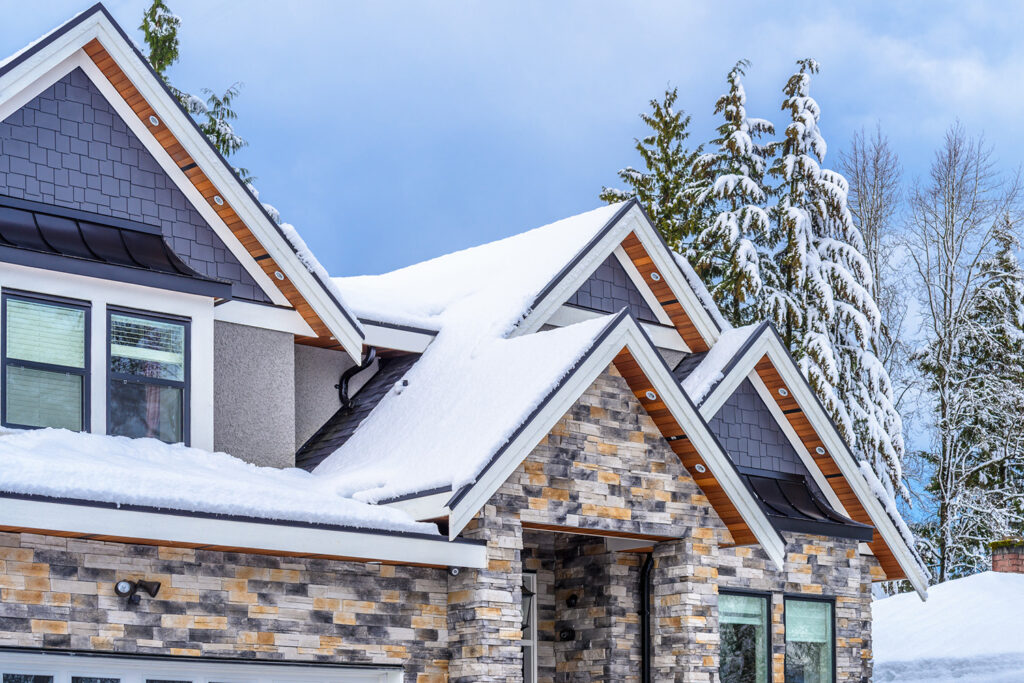Stop Ice Dams Before They Start:
How to Protect Your Home With the Right Roof Installation
Are you concerned about the safety of your home when it comes to protecting against ice dams in the winter? Quality roof installation is key to preventing them and prolonging the life of your roof system. Knowing what type of materials and technology are best for installing a new roof can help give you peace of mind during seasonal weather changes. In this article, we’ll cover all that you need to know about selecting the right roof installation materials, from shingles, underlayment and flashings to proper ventilation and more, so you can stop ice dams before they start!
Introduction to Ice Dams and the Need for Quality Roof Installation
Ice dams are a common problem in cold climates and can be caused by a number of factors. Poor roof installation is often at the root of the problem, as inadequate ventilation and insulation can lead to melting snow that refreezes along the eaves of your home. Ice dams can cause serious damage to roofs, walls, ceilings and foundations if left unchecked. The best way to prevent ice dams from forming is to ensure that your roof has been installed correctly with proper ventilation and insulation. This includes ensuring there is enough attic space for air to circulate evenly; having adequate insulation; sealing all cracks or gaps around the edge of your roof; and making sure that valleys, dormers, pipes and other penetrations are properly installed with waterproofing membranes. Properly installing flashing along all edges where water may enter is also important for preventing leaks from developing over time. Taking these steps will help ensure that your roof can withstand cold weather without succumbing to an ice dam.
What Materials Work Best For Roof Installation?
When it comes to selecting the best materials for roof installation, there are a variety of factors that need to be taken into account. First, you should consider the climate in your area and select materials that will provide adequate protection against extreme temperatures, weather conditions like snow and rain, and corrosion due to moisture.

Metal roofs are sometimes thought of as a great choice in areas with heavy snow or stormy weather, as they are highly durable and resistant to corrosion. For more information on why we don’t typically recommend metal roofing, read more about each type of shingle.
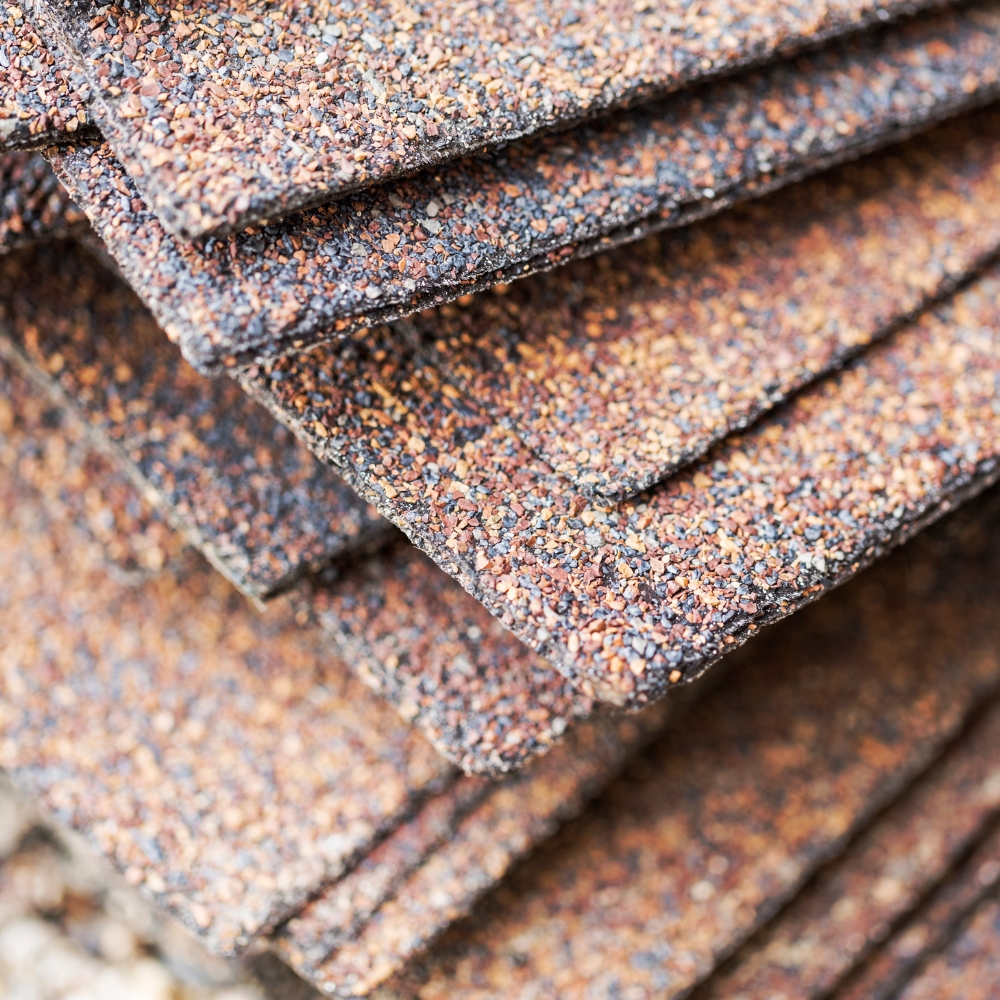
Asphalt shingles are an excellent option if you live in Indiana or Michigan. They’re lightweight and relatively inexpensive compared to metal roofing materials.
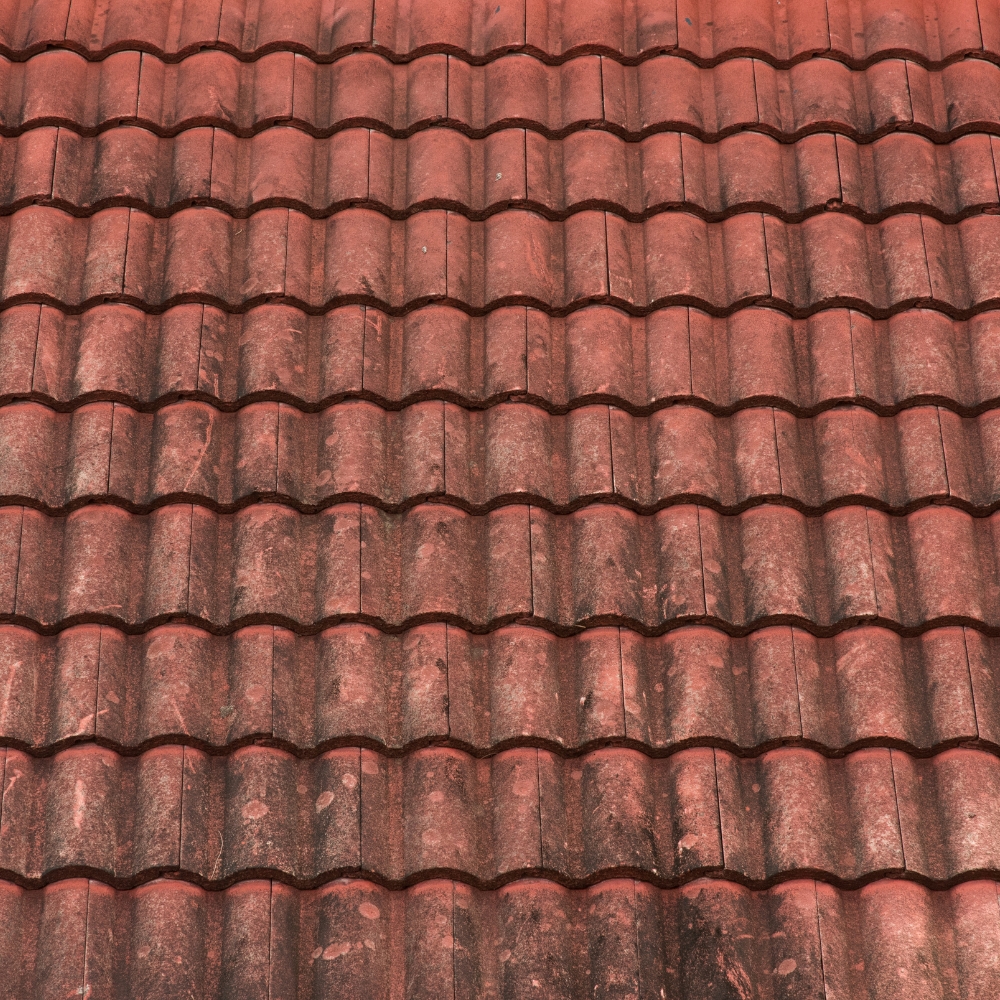
Slate roofs are stylish and strong but can be expensive and difficult to install in some areas. Clay tiles provide good insulation from both hot and cold temperatures, but they can be prone to cracking due to freeze-thaw cycles.
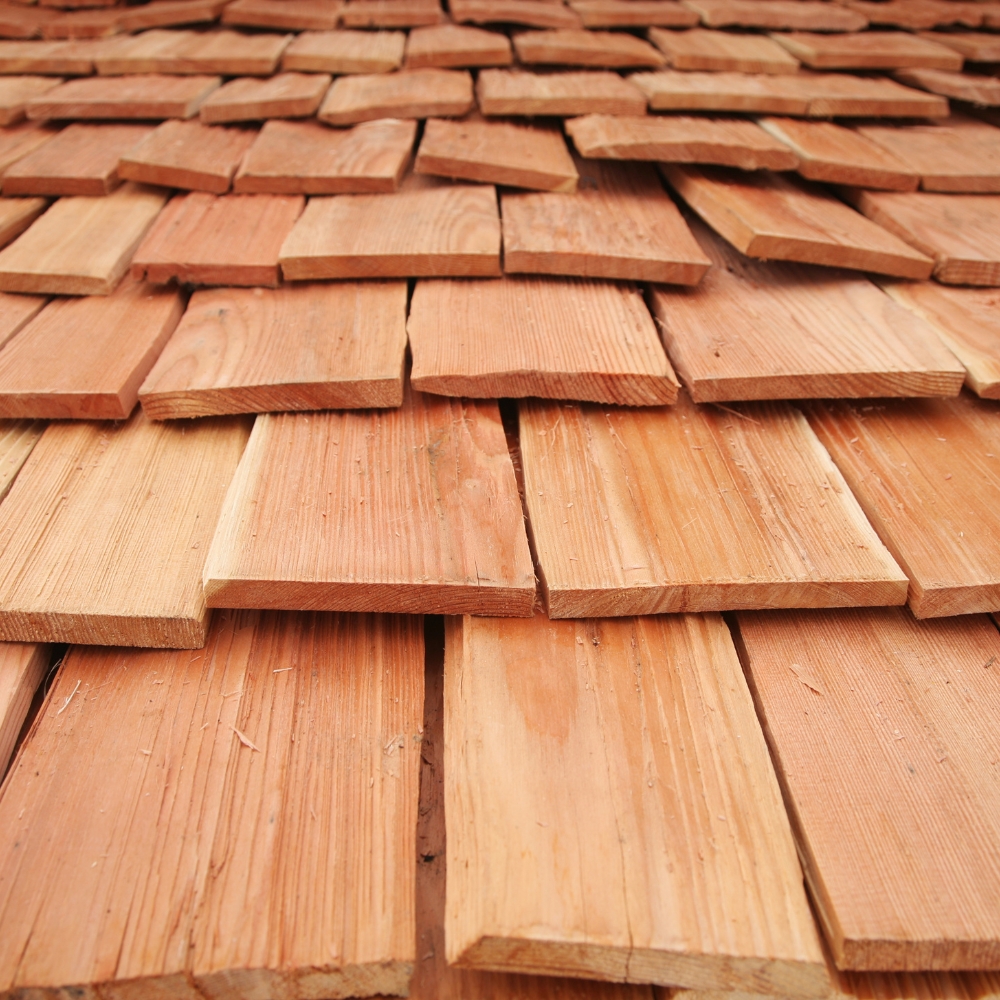
Finally, wood shingles offer great insulation properties but require frequent maintenance due to their susceptibility to rot, insects, and fire damage.
If you’re still on the fence as to what type of shingle to use, read our quick guide on choosing the right roofing material for your home.
In addition to climate considerations, you should also think about the aesthetic appeal of your roof material when making your selection. Asphalt shingles come in a variety of colors, styles, and textures which can help create a unique look for your home or business building. Clay tiles come in a wide range of shades so you can find one that perfectly complements the exterior design of your home or building. Metal roofs are available in many different finishes—including copper—that add visual interest while providing superior protection from extreme temperatures and weather conditions.
Ultimately, the best material for roof installation will depend on your budget as well as local climate conditions and desired aesthetics. With careful consideration given to all these factors before making a selection, you can choose the right material for your needs while still achieving a beautiful result!
Underlayment
Underlayment is an important part of home construction. It serves as a layer between a subfloor and the flooring material to provide extra cushioning, insulation, and stability. The most common type of underlayment used in residential homes is plywood, although there are other materials such as veneer and cement board that can also be used for this purpose. Underlayment helps reduce sound transmission between floors, improves the durability and life of the flooring material, increases comfort underfoot by providing an additional layer of padding, and helps prevent moisture from seeping through the flooring material. When installing any type of floor covering, it is important to use a quality underlayment to ensure that your floor will last for years to come. It is also important to pay attention to which type of underlayment works best with each particular type of flooring material. Consult with an expert if you aren’t sure which option is best for your project.
For a quick synopsis of different types of underlayment, read our tutorial here.
Flashings
Flashings are an essential part of a building’s roofing system. These strips of metal, usually made from galvanized steel or aluminum, are used to create waterproof seals around vents, chimneys, skylights and other areas where the roof may be vulnerable to leakage. In addition to providing protection against water damage, flashings can also be used to improve the appearance of a roof by covering up unattractive gaps or seams. The installation of properly secured flashings is key in ensuring that a roof is able to withstand long-term exposure to the elements and keep its occupants safe from the elements for years to come.
When installing flashings on a roof, it is important that they are securely fastened with either nails or screws so as not to interfere with the structural integrity of the roof itself. The material used should also be chosen based on its resistance to corrosion and other factors such as extreme temperatures. In some cases, rubber flashing may be necessary when there is a greater risk of moisture infiltration due to its flexibility and ability to accommodate wider joints or curves in the roofline.
In addition to providing protection from water infiltration, flashings serve another purpose: helping reduce energy costs. By creating a barrier between hot and cold air masses, flashed roofs can help maintain more consistent temperatures inside a home or commercial building and reduce overall energy consumption for heating and cooling systems. Lastly, flashing can help protect against wind-driven rain which can lead to accelerated erosion or even complete failure if left unchecked.
By taking into consideration these various benefits of flashed roofs, one can see why it is so important that they are installed correctly and replaced when necessary throughout the life cycle of any given building structure. Doing so will ensure maximum longevity and safety while achieving significant cost savings over time.
For a quick synopsis of roof flashings, read our tutorial here.
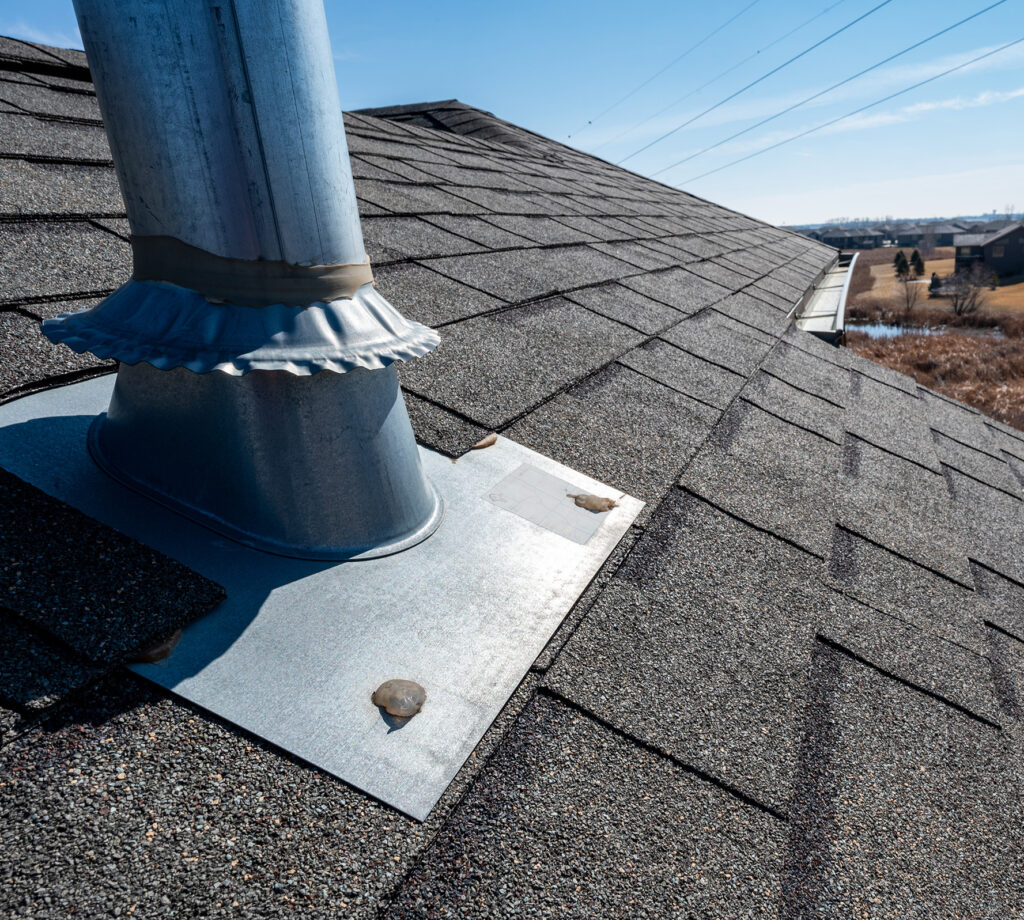
Proper Ventilation and Temperature Control to Prevent Ice Dams
Ice dams are one of the most common and costly problems for homeowners. They can occur when snow and ice melts on a roof, runs down the shingles, and then refreezes at the edges of a roof. Ice dams prevent snow and water from draining off properly, which can lead to water damage in the attic, walls, ceilings, and foundations. Fortunately, proper ventilation and temperature control is one of the best ways to help prevent ice dams from forming.
A home’s insulation plays an important role in preventing ice dams by keeping heat inside the house. Without good insulation, heat from inside your home can escape through cracks in your attic or even through your roof deck. This warm air will cause snow on your roof to melt faster than normal – leading to icicles and ice dams forming along the eaves of your roof. Adding better insulation or sealing up any cracks that may be present can go a long way towards preventing ice dams.
Another way to reduce the chances of getting an ice dam is by making sure your attic has adequate ventilation. During winter months, hot air rises into your attic due to natural convection, which melts any snow that may be present on your roof. To help keep airflow balanced between the warm interior spaces of a home below and cold outdoor temperatures above, it’s important to ensure that air is able to move freely between these two areas so that it doesn’t become trapped in your attic – leading to warmer temperatures inside which can cause melted snow to refreeze into an ice dam at the edge of your roof. Installing ridge vents along with soffit vents beneath them can help promote continuous airflow throughout all areas of a home’s attic space.
Finally, another way to prevent ice dams is by controlling temperature levels in your living spaces as well as in you attic during winter months. The key here is making sure that heat isn’t allowed to escape out through windows or doors while also avoiding areas around windows or skylights where direct sunlight comes streaming through too much during certain parts of the day (as this could cause localized melting). Keeping temperatures regulated throughout all areas of a home—especially those directly below rooftop environments—should result in less snow melt-off overall during winter months and fewer opportunities for icy scenarios like an ice dam formation along rooftops.
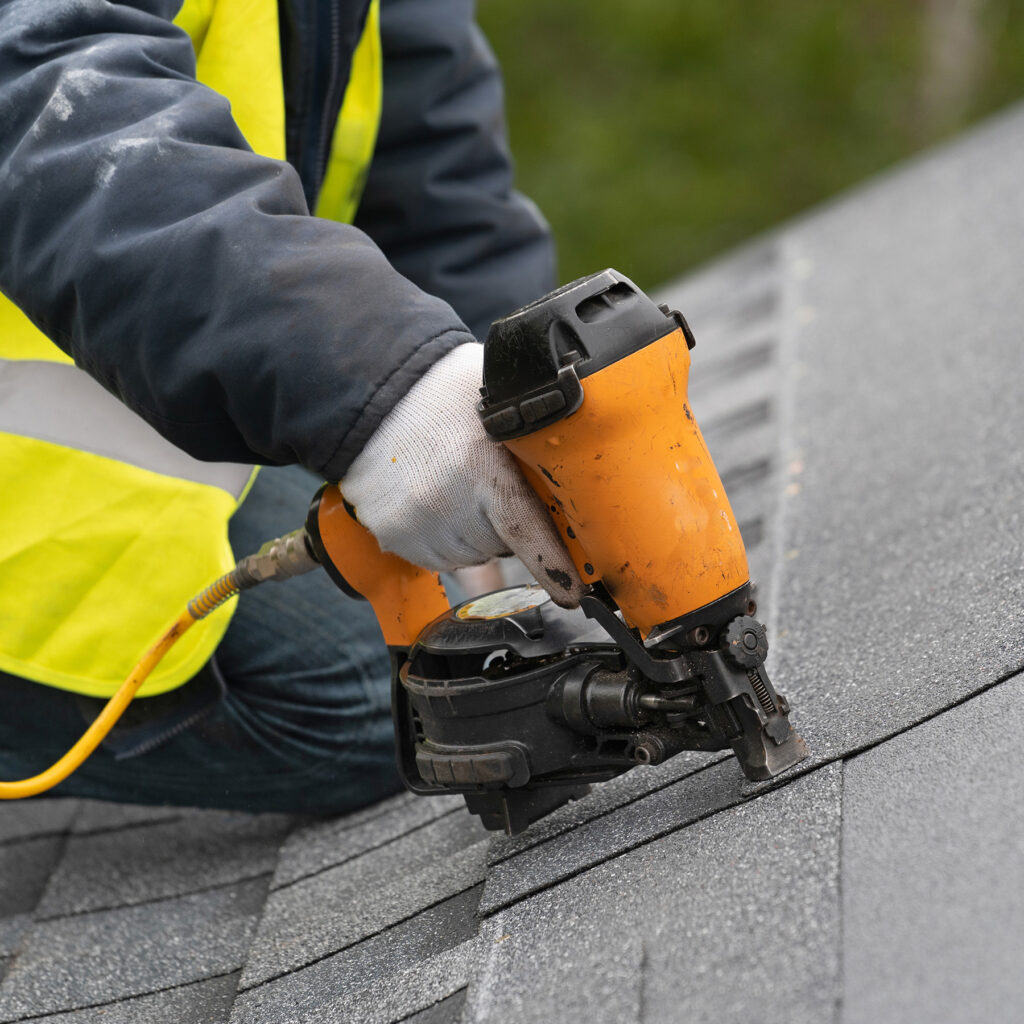
Benefits of High Quality Roof Installation in Terms of Safety and Durability
When installing a new roof, safety and durability should be at the forefront of your mind. Quality roof installation is essential to ensure the structural integrity of your home or business’s roofing system. This is because high quality materials are used with precision and care during installation. The use of premium materials makes the roof stronger and more durable, ensuring it can withstand harsh weather conditions and other environmental elements that can cause damage over time. Additionally, quality installation also increases safety by preventing leaks, water damage, and other issues that can occur if a low-quality job has been done. With a high-quality roof, you will have peace of mind knowing all possible risks have been mitigated and that your home or business is safe from potential harm. In addition to providing protection from environmental elements, a quality roof installation also offers energy efficiency benefits as well. When installed correctly, roofs can provide insulation from both hot summer days and cold winter nights. By keeping temperatures regulated inside the home or business building, an efficient roofing system can help reduce monthly energy costs while keeping occupants comfortable throughout the year. Furthermore, with a longer life expectancy than lower-grade materials or poor-quality installations, an efficient roof will last for many years with minimal maintenance required. When choosing a contractor for your next roof installation project, make sure they are knowledgeable in their craft and have experience in using premium materials and techniques to get the job done right the first time around – this will ultimately save you money in repairs down the road!
Conclusion: Taking the Necessary Steps to Have a Safe, Secure Home Against Ice Dams
Having a secure home against ice dams is important, especially during the winter months. Ice dams can be caused by several factors including poor insulation, inadequate ventilation, and inadequate roof slope. To reduce the risk of an ice dam occurring in your home, it is important to take the necessary steps to ensure that your house is properly insulated and ventilated. This can include ensuring that insulation levels are high enough and that vents are properly placed.
In addition to proper insulation and ventilation, it is also important to install a roof with a sufficient inclination. Flat roofs or roofs with low slopes are more likely to have an ice dam form due to the lack of drainage for rainwater. Installing a roof with an adequate slope will help ensure that any water runoff from rain or snow will flow freely off of the roof instead of pooling up and causing an ice dam.
Finally, one of the most effective methods for combating ice dams is to maintain proper heating levels within your home. The heat generated within your home should rise through the attic space, melting any snow on the roof before it has a chance to form into an ice dam. If your home’s temperature is kept at consistent levels throughout the winter months, there will be less of a chance for snow and ice buildup on your roof which can lead to ice dam formation.
Taking these steps can help ensure that you have a safe and secure home against ice dams this winter season!
